A worldwide cat mania has taken over the internet in the past few years. Memes, pictures, and videos of cats have overwhelmed the web, and the furry pets seem to be loved now more than ever.
But there was a time when cats were adored so much that they were considered to be sacred animals, and harming a cat was punishable by death.
The Ancient Egyptians respected the animals that lived among them, but no animal was adored like the cat. Cats were called “Mau” back then, and the Egyptians saw them as a solution to their problems with rodents, bugs, and snakes which destroyed their crops.

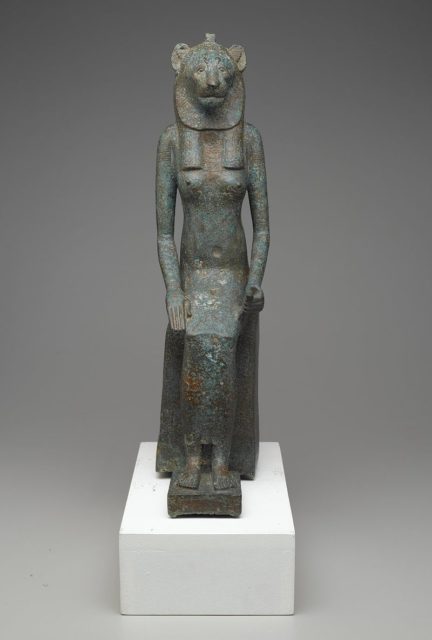
Seated Wadjet, 664 BC – 332 BC. Bronze. Usually seen in the form of a cobra, the goddess Wadjet was depicted as a lion-headed woman in the later periods of Egyptian history.
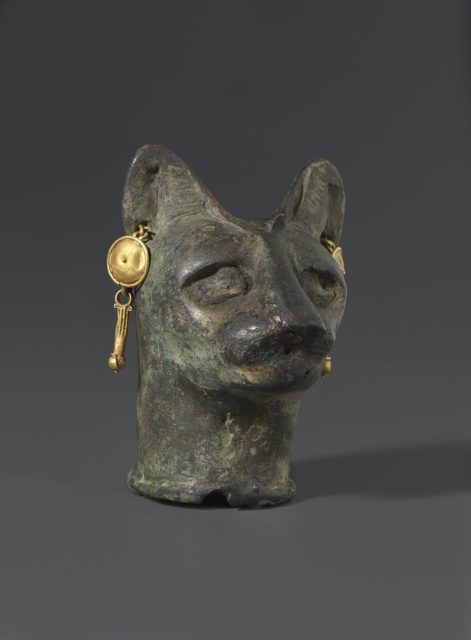
Ancient Egyptians are probably the first to domesticate cats. 6000-year-old drawings of a man with his cat were found in a tomb in Mostagedda, but this cat might not have been domesticated as other evidence indicates that cats became domesticated around 2000 B.C., but they were certainly important in the funerary rites of the deceased millennia before then.
Many Egyptian deities took the form of a cat, of which the most famous is the goddess, Bast.Cats were considered to be great mothers and were often associated with other gods, including Ra, the God of Sun and King of the Gods.
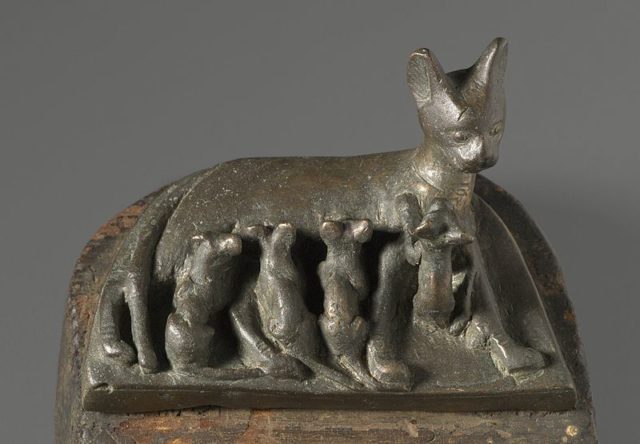
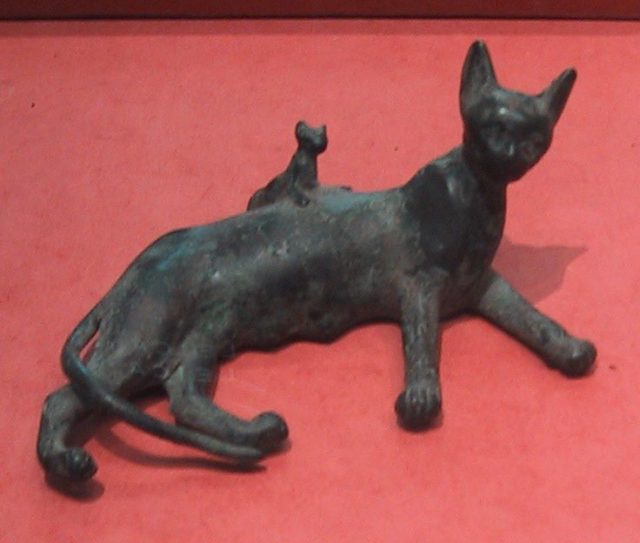
Cats were considered to be demi-gods in Ancient Egypt, and only the pharaohs were allowed to keep them as pets, so all the cats were protected by law. Anyone who harmed a cat, deliberately or not, would be sentenced to death. The killing of cats was only allowed when the feline population had increased excessively, at which time the cats were offered as sacrifices to the goddess Bast.
Exporting a cat to another country was also illegal. As often happens with prohibition, a black market appeared and cats were smuggled out of Egypt. The army would often find itself engaged in the return of stolen cats in the country. The Persians went so far as to use cats in their war against Egypt. Knowing how much the Ancient Egyptians loved their furry friends, they unleashed a huge number of captured cats onto the battlefield. Needless to say, the Egyptians surrendered and lost the battle so that no cat would be harmed.
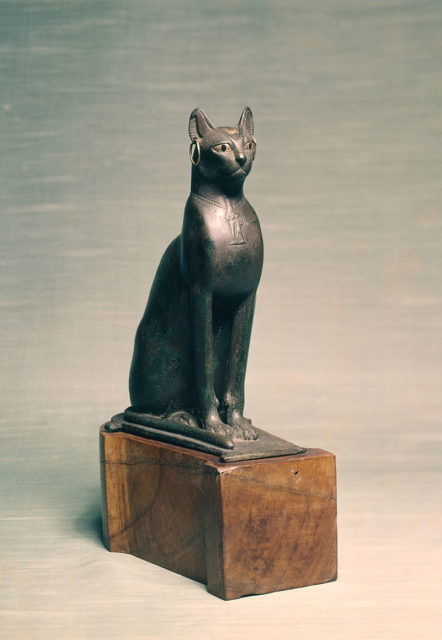

When a cat died, it was buried with honors, mummified and mourned by the humans. The body of the cat would be wrapped in the finest materials and then embalmed in order to preserve the body for a longer time.Ancient Egyptians went so far that they shaved their eyebrows as a sign of their deep sorrow for the deceased pet.
In most cases, the cats were taken to the ancient city of Bubastis to be buried there, but cat tombs were found in other places as well.
